Design Smart Now to Avoid Costly Errors Later | 3 Expert Tips
by Allie Roqueta
POSTED IN: Design Trends
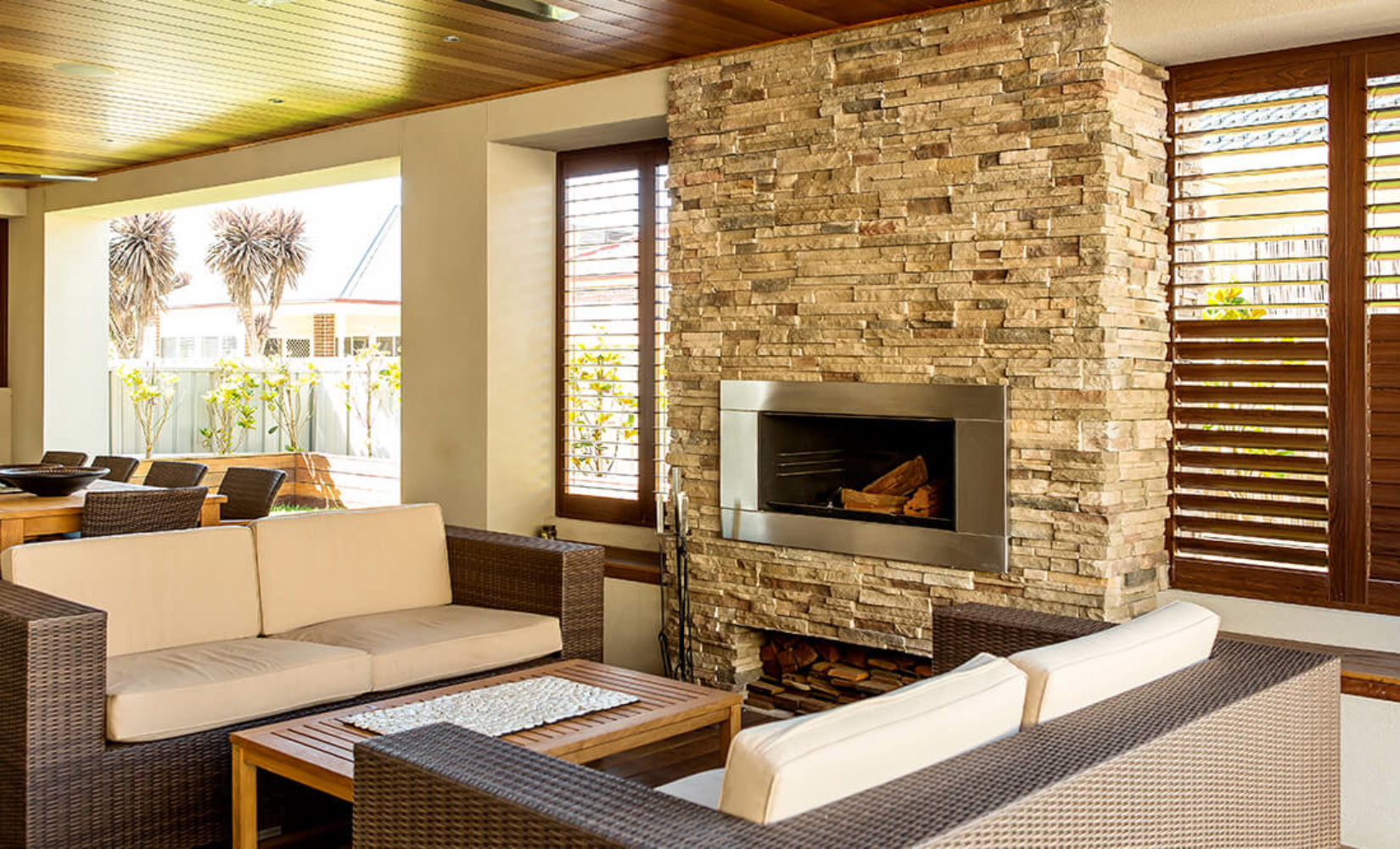
One of the most challenging aspects of being an architect actually isn’t creating the blueprint for a stunning custom home. It’s managing client expectations, all while keeping your planned design within the client’s budget. How do you make smart design decisions now to avoid unexpected costs and potential errors later?
At Cultured Stone, we work with architects and builders all the time to help mitigate unforeseen building costs. That’s why we put together some tips, for both architects and builders, on how to plan smarter on the front end of your next custom home project.
1) Before Construction Starts, Consider Building Siting
A home’s location should be a critical part of your design considerations. Not just for the residents’ comfort, but also for energy efficiency purposes. Consider the impacts of passive solar design. You probably already know that siting a residence so that the majority of its windows face south will absorb the warmth of the low winter sun and avoid the worst heat gains (which come from the west) in summer.
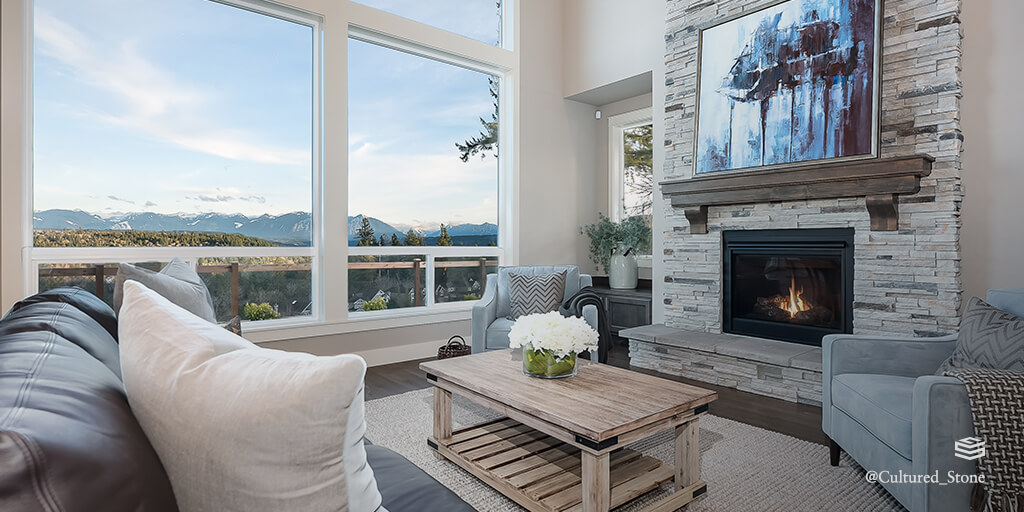
But siting can also affect your approach to interior lighting. Consider how to take advantage of natural light in heavily used areas of the home like kitchens, great rooms, or home offices. Not only will “daylighting” save on energy costs and reduce a homeowner’s environmental footprint, it will also create a comfortable ambience that encourages your clients to enjoy the beautiful spaces you’ve designed for them.
According to the National Institute for Building Science’s Whole Building Design Guide, carefully planned “daylighting” can actually save from $.05 to $.20 per square foot in energy costs annually. That’s an easy to understand benefit you can share with clients. Imagine if you only had to turn the lights on in high-use areas of the home at night? Refer to the Whole Building Design Guide for specific architecture tips and calculations for making daylighting work for your clients.
2) Sweat the Small Stuff: Use the Right Materials for the Job
It may be cliché, but it’s absolutely true, especially when it comes to home design and building: the devil is in the details. While the homeowner may be looking at the big picture–after all, you’ve likely designed a great story around his or hertheir custom home–that same homeowner that was enraptured with your blueprints and renderings can quickly become your worst enemy when costs escalate or unexpected errors or repairs occur during or after the building process.
That’s why it’s important to pay attention to the details, particularly when it comes to products and materials. Here are some of the top ways architects (and builders) can get it wrong and how you can ensure you get it right:
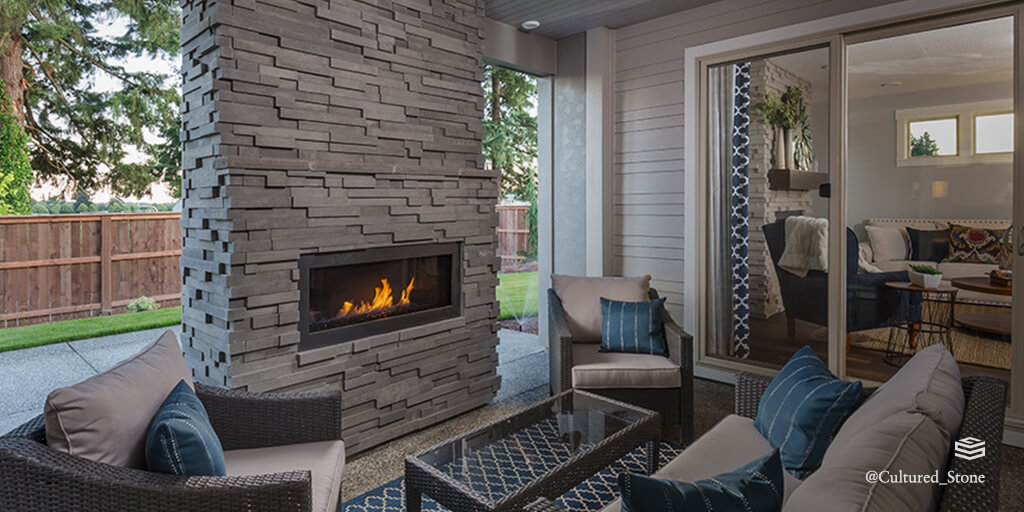
Natural stone can get expensive quickly. Opt for manufactured stone.
If your design plans call for stone cladding facades, fireplaces, or other such features, the costs can escalate pretty quickly. Plus, you will have material waste when it comes to natural stone because variations in size, shape, and color in natural stone will result in masons being unable to use all of the stone purchased.
You can avoid this trouble by using Cultured Stone manufactured stone that replicates the look of real stone. Because manufactured stone offers consistent shape and color, there is little to no material waste compared to natural stone, and it’s also quicker to install, thus you obtain cost savings on materials and labor.
It’s also much easier to fix errors compared to using natural stone. If you have to take down a wall, you’ll need to take down all the natural stone above the problem area; whereas, with manufactured stone, you just remove the pieces near the problem. For example, leaky windows are one of the most litigated issues in the homebuilding industry. They generally result from installation errors like no or insufficient flashing, or failure to use corrosion resistant nails during window installation. If a homeowner has to replace any leaky windows down the road, particularly in a stone house, the cost can quickly balloon out of control. That’s because replacing leaky windows may require removing the steel lintel supporting the stone over the window, and doing that requires removing the stone…. Yikes!
All in all, replacing a leaky window could result in a much larger hole to fill than if one had used lighter weight manufactured stone veneer like the type that Cultured Stone can supply. With manufactured stone, these types of home maintenance projects become far more manageable and far less expensive.
Related Reading: Eco-Friendly Building: The Environmental Impact of Faux & Natural Stone
Additionally, manufactured stone will allow you to establish a much more predictable cost per square foot on installation. This not only decreases product waste, but can also decrease delays due to weather and mortar curing times.
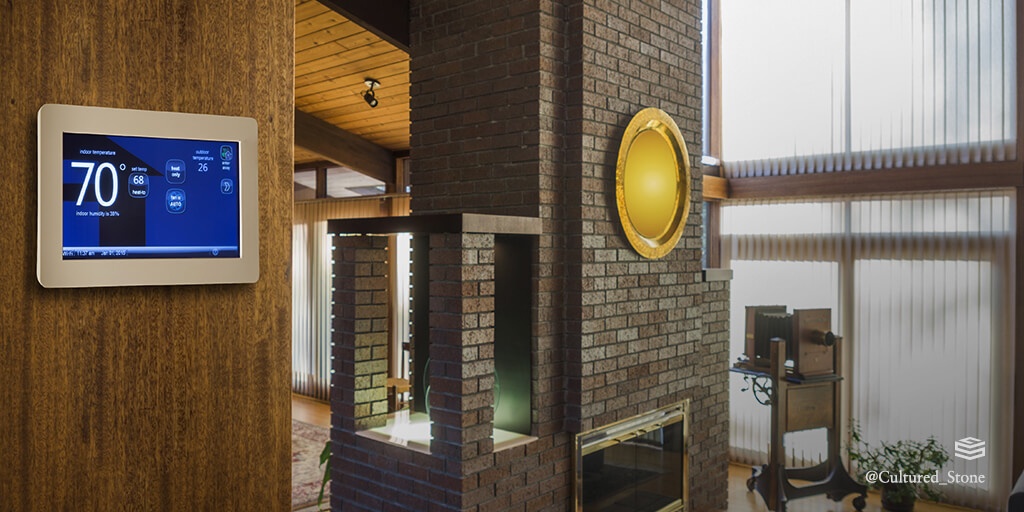
Insulation is (almost) everything when it comes to home comfort.
The most efficient HVAC system in the world is only as good as the building envelope in which it operates. You can’t overlook the importance of sufficient roof and attic insulation to ensure year-round comfort and energy efficiency.
Try not to be satisfied with just meeting the local code when it comes to R-factor for insulation. Study the home site, too. Is it located at an unusually high elevation? Does it experience more cold or higher winds than other homes in the locality? What are local temperatures in the depth of winter and the height of summer? How does humidity (or lack thereof) play a role?
For example, if your client lives in a climate that is cold and windy in winter, and the local building code calls for R-19 insulation in the walls, you might increase your clients’ comfort and decrease their energy bills by adding R-21 insulation. Yes, it increases costs on the front end, but your clients will be much happier with their monthly energy bills once they move into the home.
Beware of undersizing the home’s HVAC system.
Another way that architects, designers, and builders frequently try to cut project costs and stay within budget is with heating and cooling systems for a client’s home. But undercutting this budget can be a costly error for the long haul. If an HVAC unit isn’t properly sized for a home, it will work overtime to heat and cool. That means higher energy bills for your client. If a homeowner has invested $100k in a state-of-the-art geothermal HVAC system for his or her 4,000 sq. ft. home, he or she isn’t going to be very happy if monthly utility bills are still off the charts.
When sizing an HVAC system, be sure to consider the local climate, number and types of windows, level of insulation in the roof, walls, and ductwork, the number of skylights and fireplaces, ceiling heights, and the number of people living in the home. Carefully collaborating with the home’s HVAC contractor before you order that heating and cooling system can mean saving thousands over the long run.
Related Reading: Green Building Materials: 5 sustainable Resources for Your Next Project
3) Don’t Forget End-of-Project Costs
It’s easy to overlook end-of-project costs when you’re the design architect or homebuilder. After all, your main focus is the construction of a beautiful, well-functioning custom home. Remember that final grading and landscaping after project completion are part of the deal, as is construction site cleanup. By carefully planning for these costs up front, you can make sure you’re not adding to your client’s budget at project close.
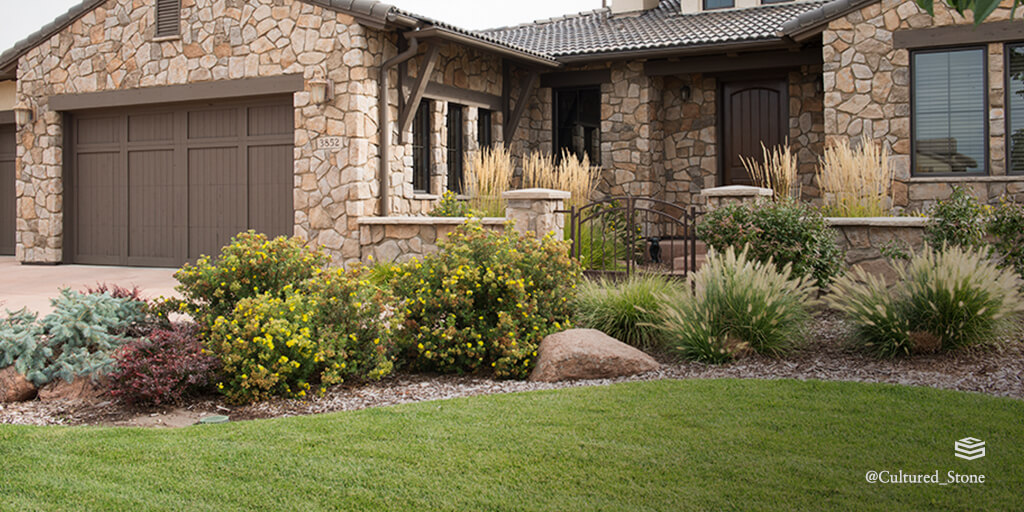
According to HomeAdvisor, final grading and landscaping costs for new residential construction in the U.S. can cost anywhere from $500 to $9,200, with the average cost being just under $3,000. Costs can vary widely based on the local market, natural topography, presence of rocks and trees, and local erosion control codes. You can expect a single piece of heavy equipment and an operator to cost $75 to $150 per hour, and manual labor can run somewhere from $35 to $70 per man hour. Plus, many excavators and landscapers charge equipment movement fees as well as a minimum one-day’s labor charge.
While some contractors perform their own construction site cleanup, many do not, so make sure you factor this into the home building project budget to avoid any surprise expenses at the end of the job. HomeAdvisor reports that residential home construction cleanup costs range between $.10 to $.50 per square foot.
Lean on Cultured Stone to Inform Your Next Project
At Cultured Stone, we work closely with architects, builders, and homeowners to plan their projects. Our manufactured stone veneer products aren’t just eco-friendly and aesthetically beautiful. They’re also easy-to-implement building materials that don’t carry the same maintenance burdens (or price tag) of natural stone.
The next time you start a residential design project, consider some of these practical building and architecture tips to ensure you stay on budget and meet your client’s expectations upon occupancy and for decades to come.
Recommended Resource:Use the Beginner’s Guide to Manufactured Stone Veneer to compare the styles and cuts of different stone building materials.